
Sewage Pump Buyer's Guide
Ask anyone; who wants to think about sewage in their home?
Centuries ago people had chamber pots that were flung onto the street and even onto passers-by. Gross! Today, we have the privilege of using sewage pumps to do the dirty work of handling waste solids instead of us.
In this article, we explain the differences between sewage, grinder, and sump pumps, and give you important tips and information on choosing the right ejector pump.
Sewage Ejector Pump Applications
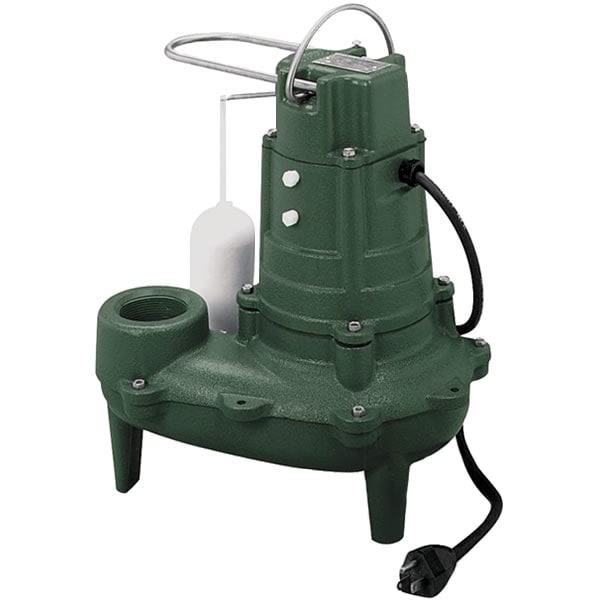 Sewage pumps may not get the credit they deserve for carrying away all the dirty, bubbling, toxic sludge and pumping it out to a septic tank or city sanitary system without us ever seeing, smelling, or handling it. Regardless of that modern miracle, there are two primary applications where sewage ejector pumps are best used: basement bathrooms and septic systems.
Sewage pumps may not get the credit they deserve for carrying away all the dirty, bubbling, toxic sludge and pumping it out to a septic tank or city sanitary system without us ever seeing, smelling, or handling it. Regardless of that modern miracle, there are two primary applications where sewage ejector pumps are best used: basement bathrooms and septic systems.
Basement Bathrooms
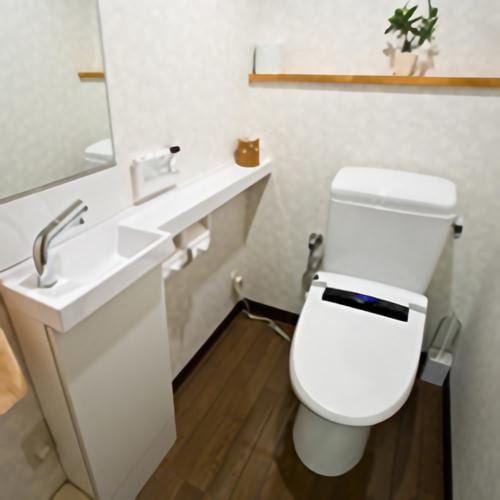 The most common application for sewage pumps is the installation of a bathroom in the basement. Because the basement is below-grade and usually situated below the sewage line entrance (usually about 4 feet below the house), a sewage pump is needed to pump waste and water up and out of the house.
The most common application for sewage pumps is the installation of a bathroom in the basement. Because the basement is below-grade and usually situated below the sewage line entrance (usually about 4 feet below the house), a sewage pump is needed to pump waste and water up and out of the house.
Once you have a sewage pit dug out in your basement, installing a sewage pump is very similar to installing a traditional sump pump. The main difference is that you will need a vent pipe running out of your home to remove the gas and odor that occurs as a byproduct of waste. Sewage pumps can have 2-3 times the output of a regular sump pump, but they aren't intended for the same purpose (more on that below).
They are designed to run less often but have more torque and power to eject water with solids or debris, as opposed to pumping clear water.
Septic Systems
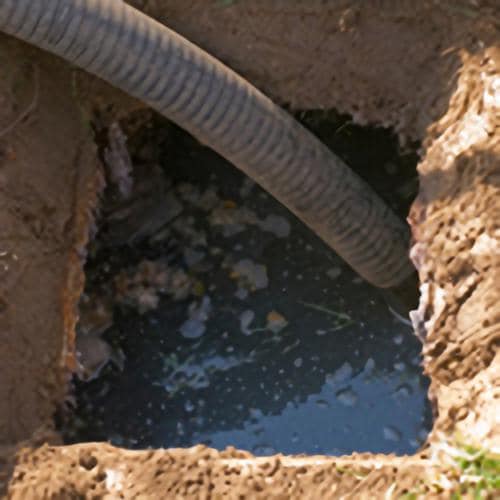
For homeowners without access to public sewers, a septic field is the other option. In this case, a sewage pump is used to help break down and pump the waste out of the house and into the septic tank, where it is later emptied by a septic service.
Getting a sewage pump made with heavy-duty materials like cast-iron should ensure a long and reliable life for your sewage pump. If you've ever installed one, you know it can be a dirty, smelly job, so the less often you need to do it, the better. Sewage pumps are great for this application because they have a larger intake to pass solids.
Sewage Ejector Pumps vs Sump Pumps
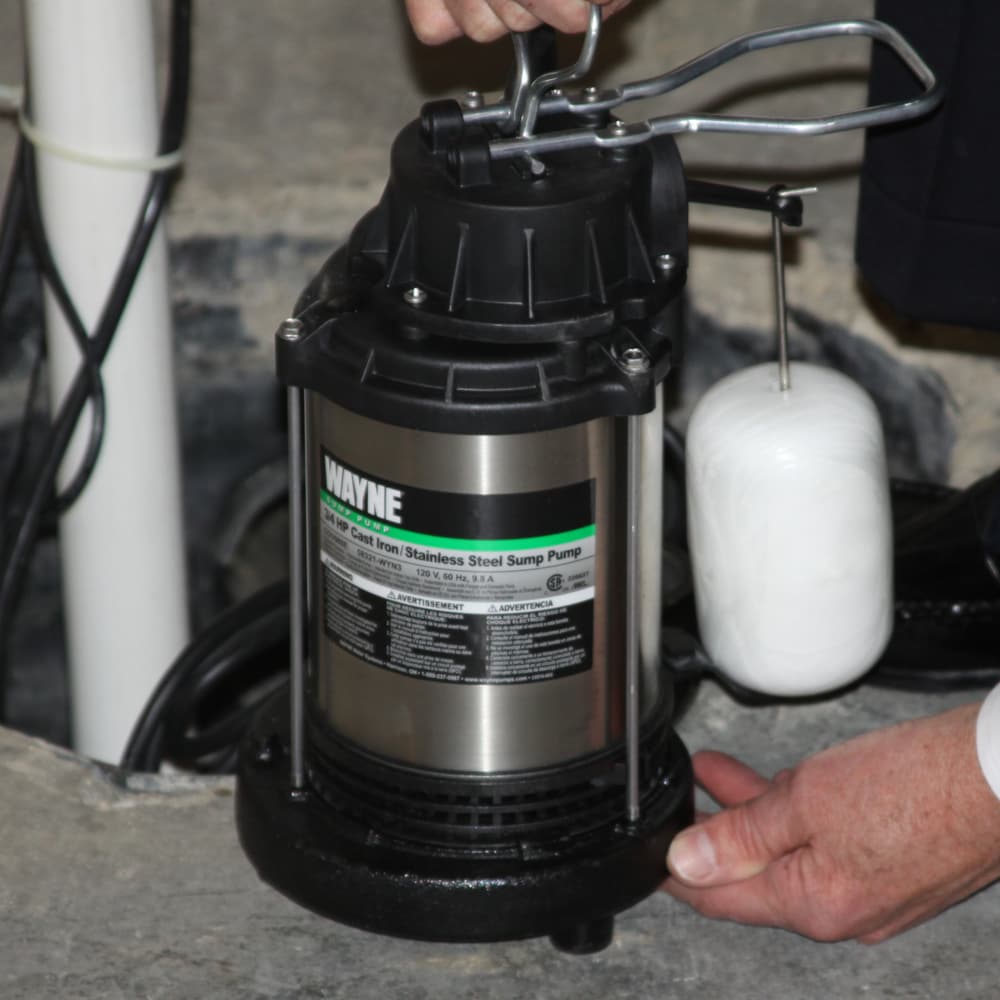 What separates sewage pumps from ordinary sump pumps is their ability to handle waste solids and not just greywater. Although they're not designed to pump large volumes at a time, sewage pumps are built with heavy-duty, cast-iron materials and components to withstand the worst elements over time.
What separates sewage pumps from ordinary sump pumps is their ability to handle waste solids and not just greywater. Although they're not designed to pump large volumes at a time, sewage pumps are built with heavy-duty, cast-iron materials and components to withstand the worst elements over time.
You can use a sewage pump in a sump pump application if your sump pit often fills with small debris and your system can manage significant horsepower (HP) and gallons-per-hour (GPH) loss. However, you can't use a sump pump for a sewage application because sump pumps can't pump waste solids or debris that moves through sewage pits.
Sewage Pumps vs Grinder Pumps
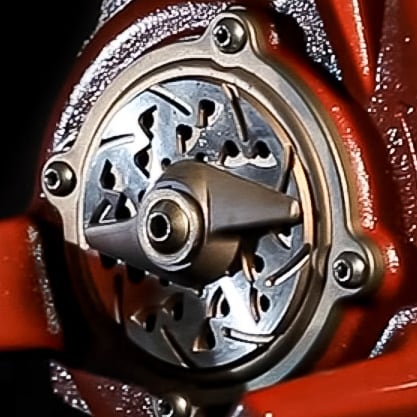 Grinder pumps operate similarly to sewage pumps with the added benefit of having metal blades that shred everything being sucked through the pump. Sewage pumps are perfect for most residential homes, so think of grinder pumps as the equivalent for commercial applications.
Grinder pumps operate similarly to sewage pumps with the added benefit of having metal blades that shred everything being sucked through the pump. Sewage pumps are perfect for most residential homes, so think of grinder pumps as the equivalent for commercial applications.
Grinder pumps are extremely popular (and sometimes necessary) in commercial buildings like bars, restaurants, hotels, and other municipal buildings that have public access to sinks, drains, or toilets. Bartenders and dishwashers are often pressed for time when cleaning dishware and drinkware, so any food or stray garnishes that accidentally flush down sink drains won't be a problem for a properly installed grinder pump.
Similarly, hotel property managers and landlords prefer grinder pumps simply because people tend not to care what they flush down toilets, and grinder pumps give you added security that nothing will clog your drains and cost you expensive repairs and inconveniences.





